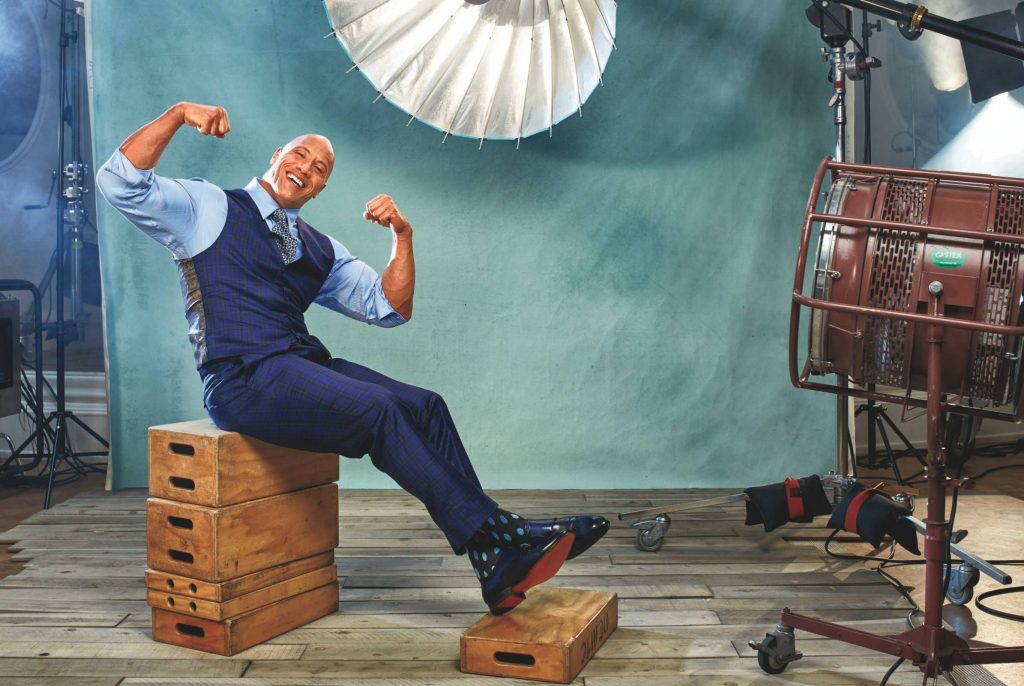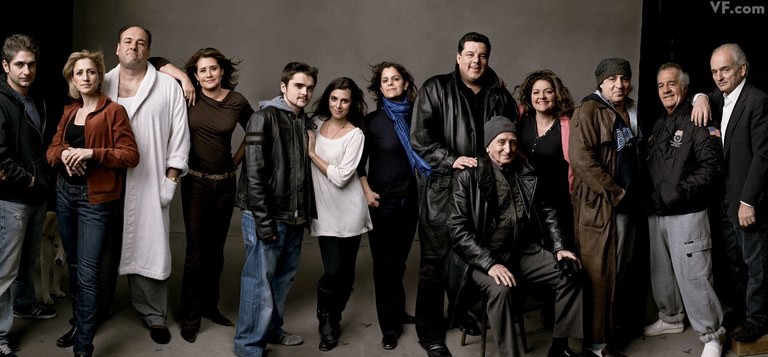Since 2010, the number of scripted shows being made every year has more than doubled in the US to more than 500. It was recently revealed by Netflix that it alone has 90 original episodic shows under way in Europe. Sky has 80, and the traditional broadcasters have also stepped up their slates with cult hits like Broadchurch and Line of Duty.
“There is not a lot of difference between high-end TV and many films these days,” says Richard Johnston, chief executive of Endemol Shine UK, maker of forthcoming dramas including the BBC’s Troy and Sky’s Tin Star. “Most drama now is a minimum of £1m an episode and the quality and the experience is very high. And the way the market has changed means that is where a lot of the money and funding now is.”
US giants like Amazon, Netflix, and HBO reportedly invested a record $500 million in television production, nearly double the $252 million from 2013. This is spurred on by a tax break inspired by the film industry that incentivizes television shows costing at least $1 million per episode. More and more stars are making the leap to the small screen and here are some reasons why.

Budget
With Netflix increasing its content budget to $8 billion in 2018, Amazon investing $4.5 billion, and Apple preparing $1 billion in original programming, the competition to create the next binge worthy show grows ever higher. HBO reportedly spent $100 million in creating the first season of Westworld and the final season of Game of Thrones is expected to surpass $15 million per episode.
This means higher production value across the board but it also means bigger paydays for actors. Before the Harvey Weinstein scandal, Robert DeNiro was set to be the highest paid actor in a television series with $775,000 per episode. Dwayne Johnson earns a cool $650,000 per episode for Ballers and Claire Danes earnes $450,000 per episode for Homeland.

Technology & Narrative Changes
There once was a time when you had to consume content as it was being beamed to your television set at a specific hour each week. Because of this, nonlinear programming was preferred because if one episode were missed, it wouldn’t cause the viewer to quit the show due to being unable to catch up. But with home video and streaming being adopted en masse, watching shows in a linear fashion is easier than ever.
Now character development and story arcs could play out for entire seasons in a connective fashion without the risk of disorienting viewers. The Sopranos wasn’t the first serialized television show to adopt a linear format in 1999, but it was possibly the first truly great show to fully exploit the new storytelling medium. More time to flesh out characters and plots and greater access to fans has transformed television into a more compelling and rich viewing experience that was once reserved for the big screen.

Competition
That’s not to say that merely being in television means you’ll find success. Though anyone who has attended and can compare both MIPCOM and Cannes may certainly argue the case. But with increased pressure from the streaming giants, the Big Four networks (NBC, CBS, ABC, Fox) are trying desperately to maintain their stranglehold on viewers with huge shows like This is Us and Empire. But traditional networks just don’t have the mass potential to reach audiences on demand. Fortunately for the creatives, the competition just means more opportunity for them while US box office ticket sales continue to stagnate.
